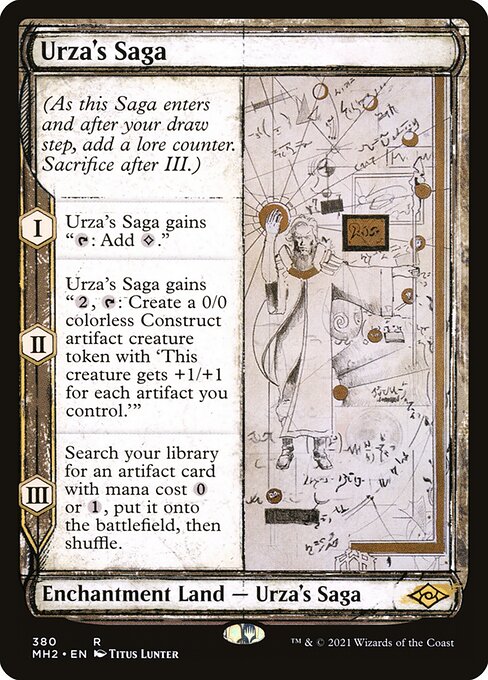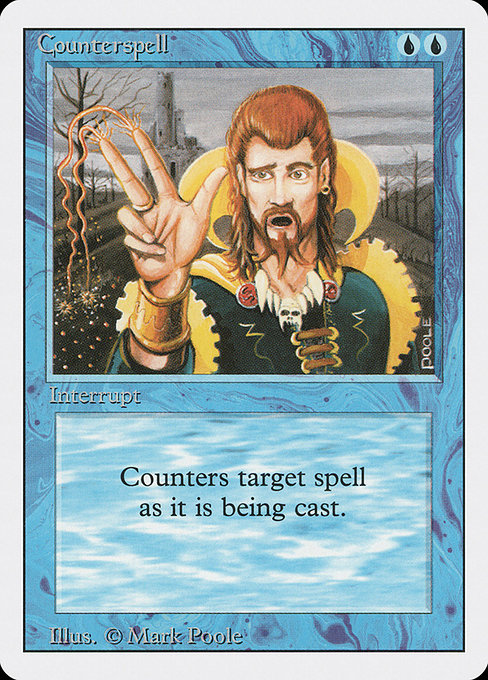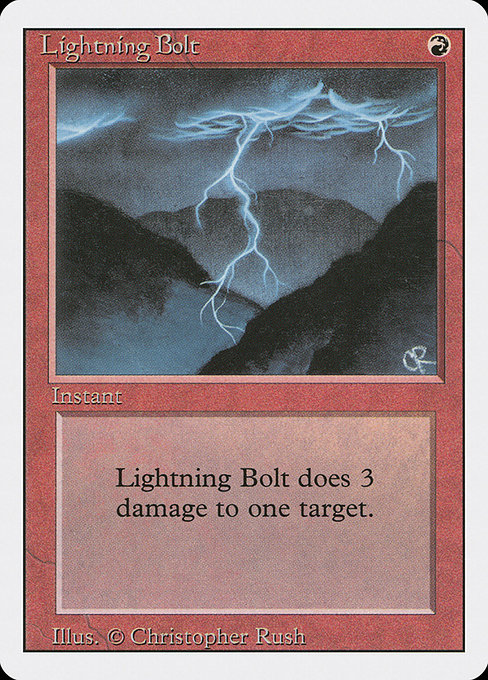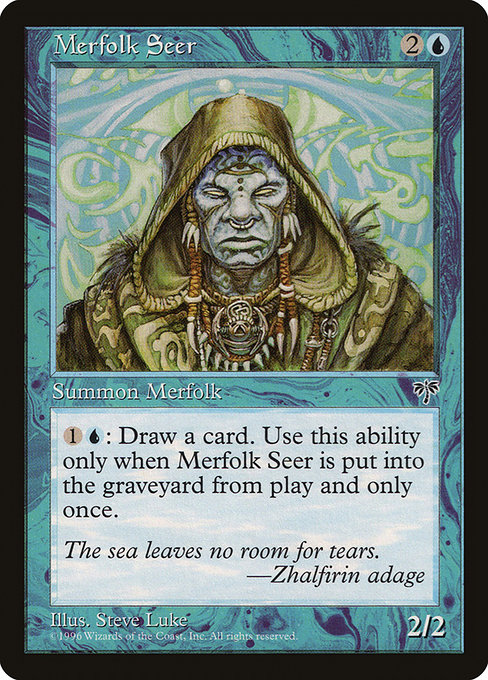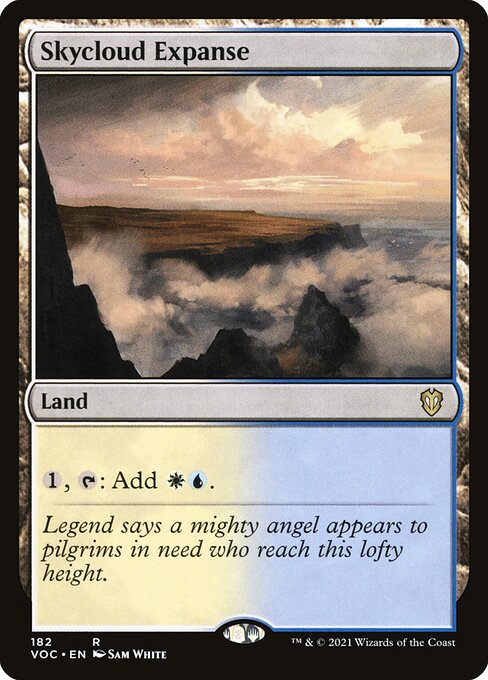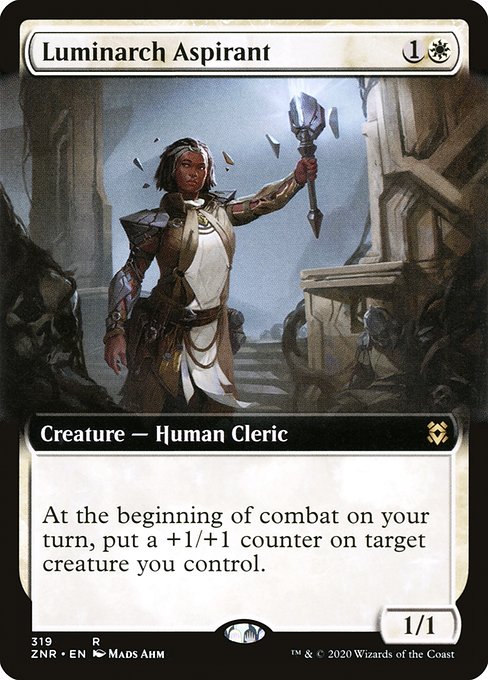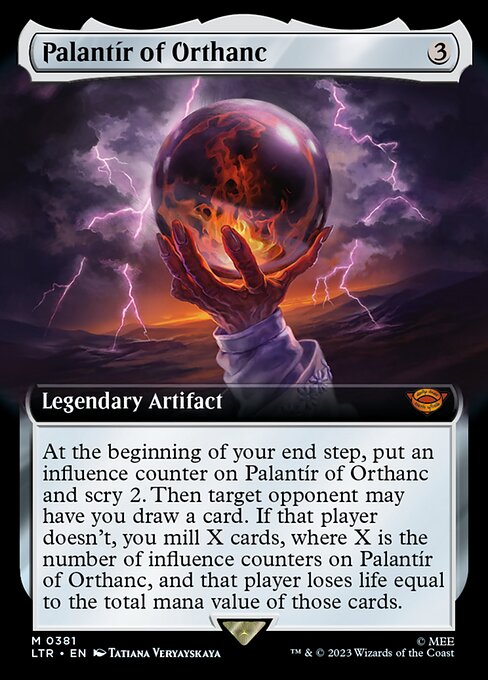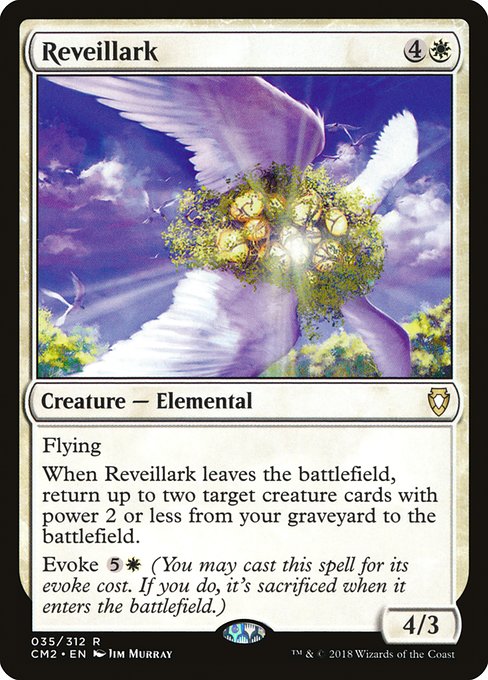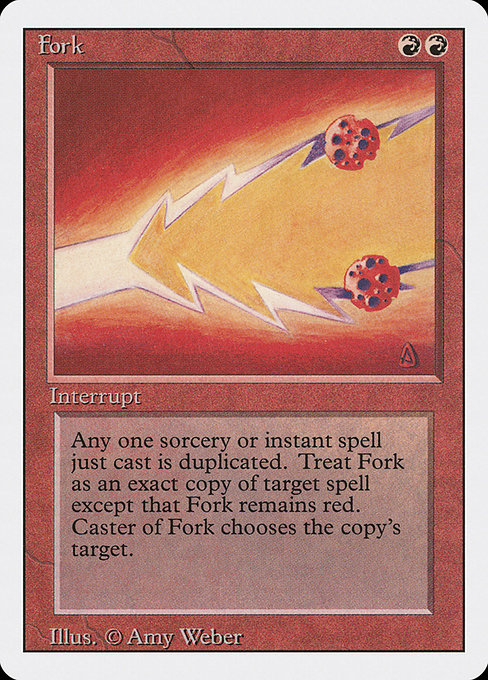
Fork

Cards Mentioned in This Review
These cards are referenced in the strategy guide belowFull Analysis
Generated on 2025-06-29T11:47:45.458572 • Legacy FormatFork Review: A Strategic Card with Unique Potential
TL;DR Summary
Fork is an instant spell that copies a target instant or sorcery spell, except with the twist of copying it in red. This means you can duplicate any effect, but with the added benefit of being able to choose new targets for the copied spell, potentially changing its impact.
Detailed Card Mechanics and Interactions
Fork is an interesting card that can be used in various ways to interact with other spells and effects on the battlefield. When cast, Fork allows you to target a specific instant or sorcery spell, copy it, and then choose new targets for the copied spell. The twist here is that the copied spell has the same mana cost as the original spell, but its effect becomes red.
For example, if you target Lightning Bolt with Fork, the copy will deal 3 damage to your opponent, but it will also give an opposing creature +2/+0 until end of turn due to the copy's effect. This can lead to some interesting interactions and potential game-changing plays.
Another interesting aspect of Fork is its ability to modify the effects of other spells. For instance, if you target a spell with a "create X/X token" effect with Fork, the copied spell will also create tokens, but they will be red instead of the original color. This can lead to some fun and creative deck-building possibilities.
Strategic Uses, Combos, and Synergies
Fork is a versatile card that can be used in various strategic ways to achieve different goals on the battlefield. One common use for Fork is as an answer to a problematic spell or effect. By copying a spell with Fork, you can then choose new targets to change its impact, making it more difficult for your opponent to deal with.
For example, if you're facing a creature that's attacking you and has a "trample" ability, you could target it with Fork and copy the effect. The copied spell would have trample but be red, potentially negating the opponent's advantage.
Another strategic use for Fork is to create token loops or modify existing tokens. By copying a spell that creates tokens, you can then choose new targets to make those tokens bigger or more threatening. This can lead to some impressive board state changes and game-winning plays.
- Some other deck-building strategies with Fork include:
- Using it in combination with red spells like Razorfoot Kraken or Dawnblade Visions to create aggressive token loops.
- Copying blue spells like Counterspell to protect against red threats, while then choosing new targets to attack your opponent.
Deckbuilding Roles and Archetypes
Fork can be used in various deck archetypes to achieve different effects on the battlefield. One common archetype is control decks that focus on disrupting their opponent's plans with Fork. By copying problematic spells or effects, you can then choose new targets to change their impact, making it more difficult for your opponent to adapt.
- Other archetypes that often incorporate Fork include:
- Token-based decks that aim to create swarms of tokens on the battlefield.
- Aggro decks that use Fork to copy red spells and attack their opponents quickly.
Format Viability and Competitive Context
Fork is a relatively old card from the early days of Magic: The Gathering. In modern formats, Fork has largely fallen out of favor due to newer cards that offer similar effects with more flexibility and consistency. However, it can still be used in certain archetypes and combinations where its unique effect allows for creative plays.
- Some formats where Fork is viable include:
- Legacy: In this format, Fork can be used to copy problematic spells like Lightning Bolt or Dance of the Dragons.
- Modern: In modern formats, decks with red instants and Fork-like cards can create aggressive token loops.
- Commander: In Commander, Fork is a great card for copying blue spells to protect against red threats.
Rules Interactions and Technical Notes
Fork is an instant spell, meaning it can only be played during the main phase of your turn. This also means that you can't target spells with Fork during the combat phase, as they would be subject to the same rules about targeting instants as they are cast.
- One interesting interaction with Fork is its ability to modify effects triggered by the copied spell.
- If a creature's ability or effect triggers when the copy is played, and that effect has an interaction trigger (like "destroy this creature"), then the modified spell would not trigger that interaction. Instead, it would simply be the new target for any other interactions.
Art, Flavor, and Historical Context
Fork was first printed in 1996 during the Urza's Saga set, which marked a significant shift towards more complex mechanics and themes in Magic: The Gathering. At the time of its release, Fork was seen as an innovative and groundbreaking card that added a new layer of depth to spell interaction.
- The art for Fork, featuring a red-handed goblin holding a pitchfork, reflects this theme of chaos and disruption.
- In terms of flavor, the card is meant to evoke the idea of taking control of your opponent's plans and turning them against them.
- Fork has become an iconic symbol in Magic: The Gathering, representing strategic gameplay and creative problem-solving.
Conclusion Summary
Fork is an interesting card that offers unique opportunities for strategic deck-building and gameplay interaction. While it may not be the most powerful or versatile spell, its ability to copy problematic spells and modify their effects can make it a valuable addition to certain decks.
However, in modern formats, Fork has largely fallen out of favor due to newer cards that offer similar effects with more flexibility and consistency. Nonetheless, its legacy lives on as a symbol of strategic gameplay and creative problem-solving in Magic: The Gathering.
- In conclusion, Fork is a card that requires careful planning and execution to use effectively.
- It can be used to create swarms of tokens or disrupt opponents' plans with the right deck-building strategy.
